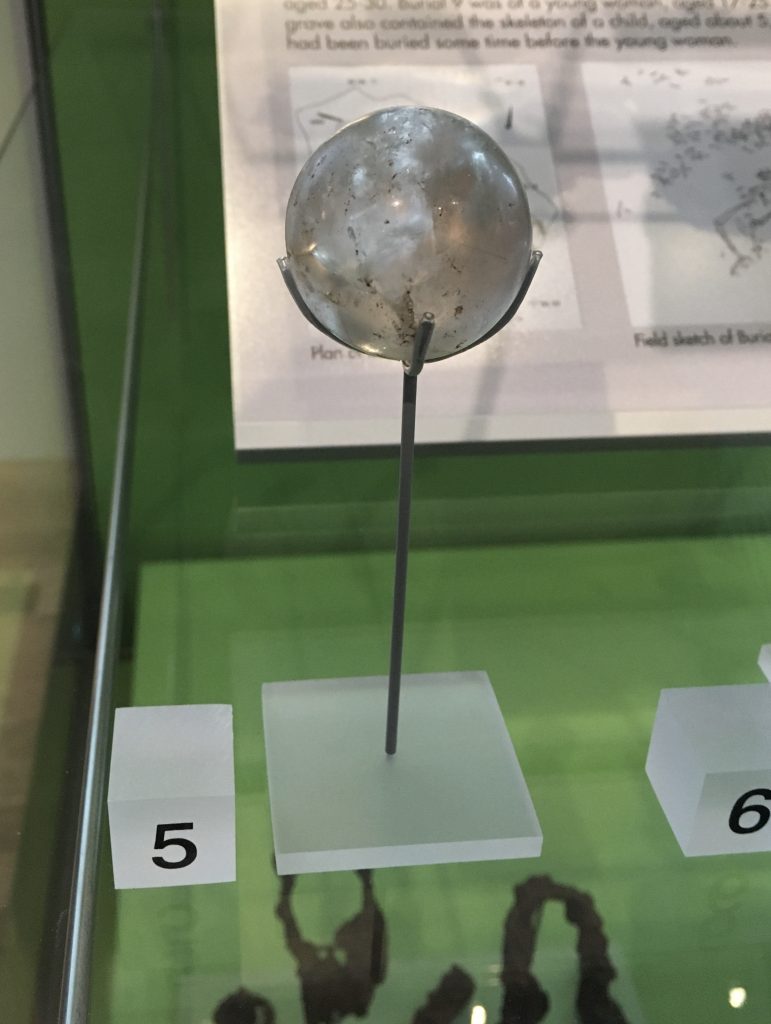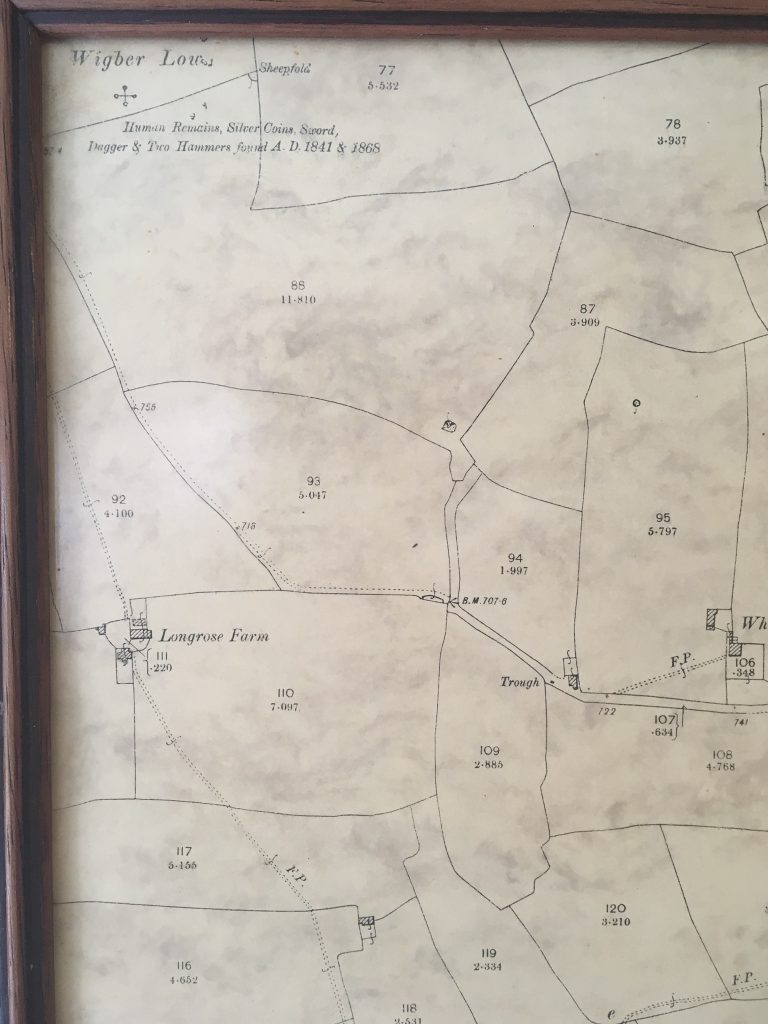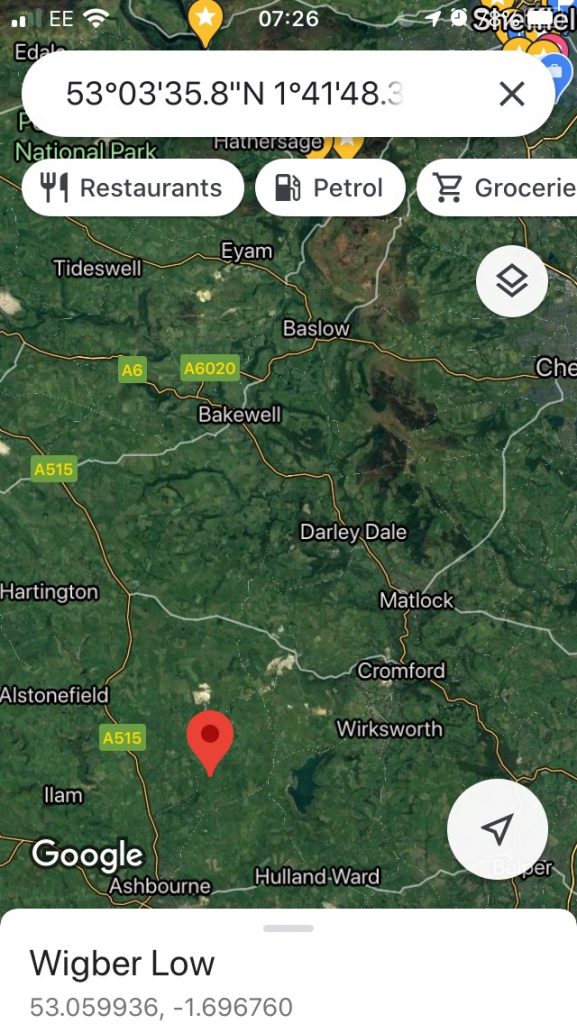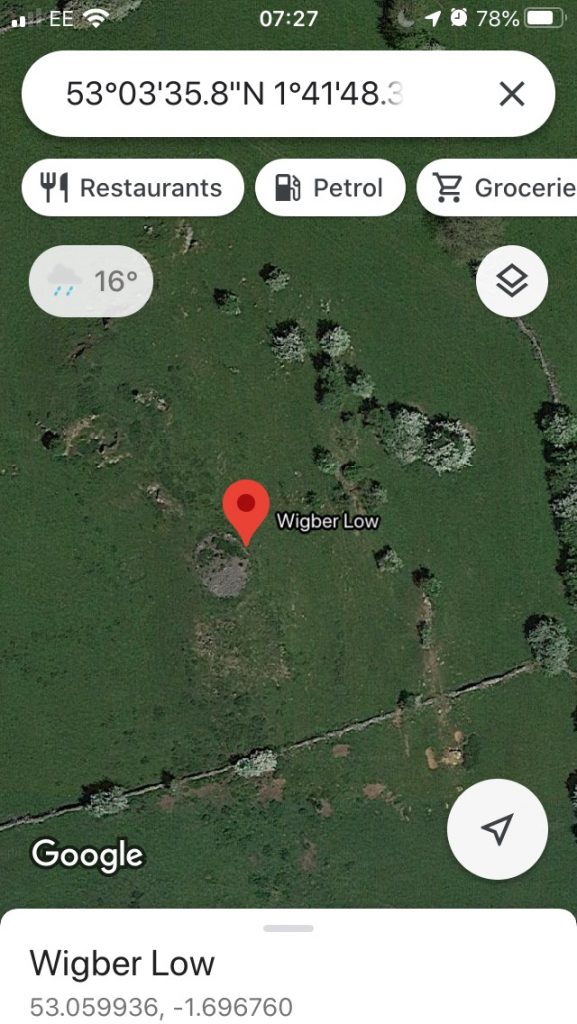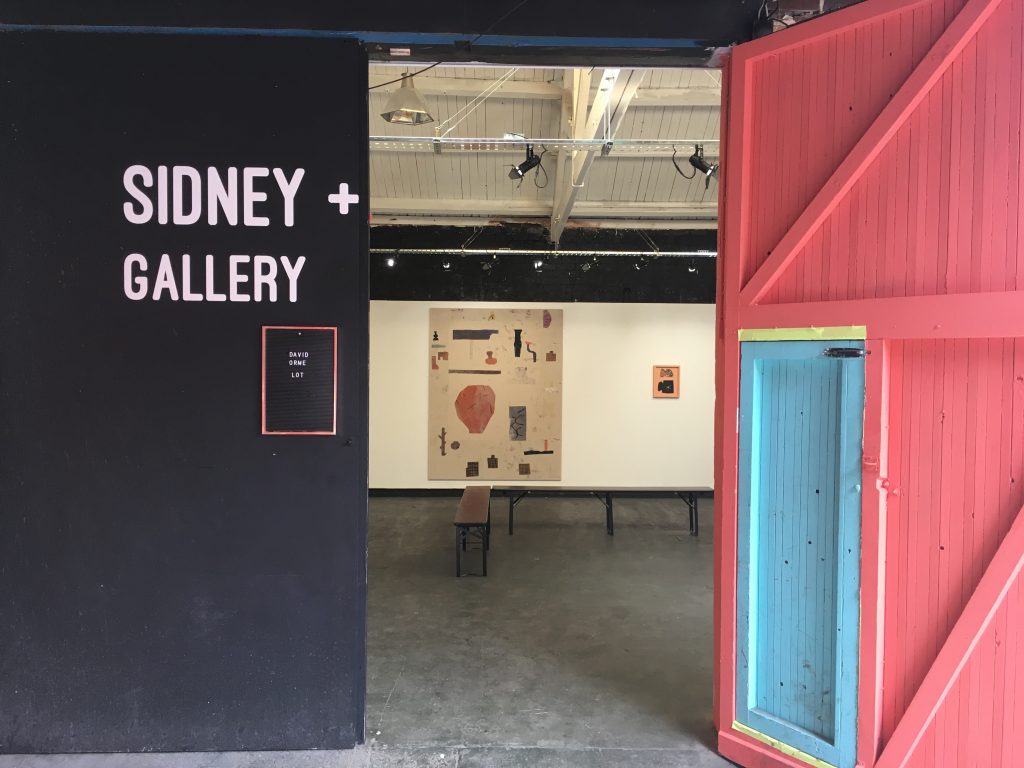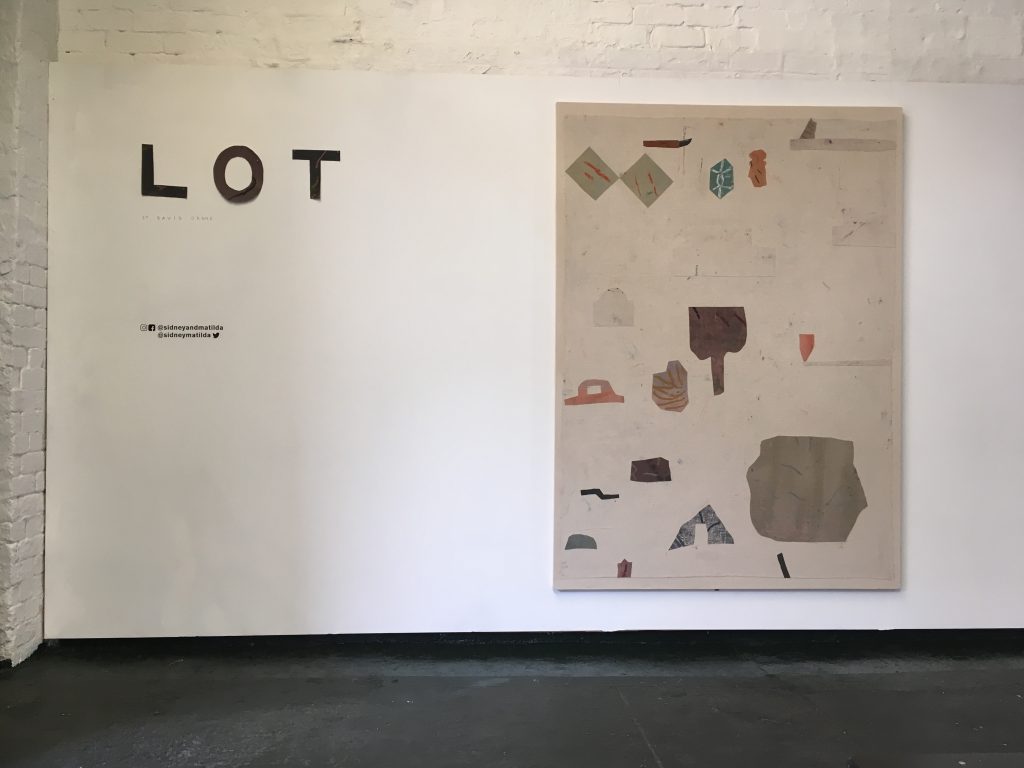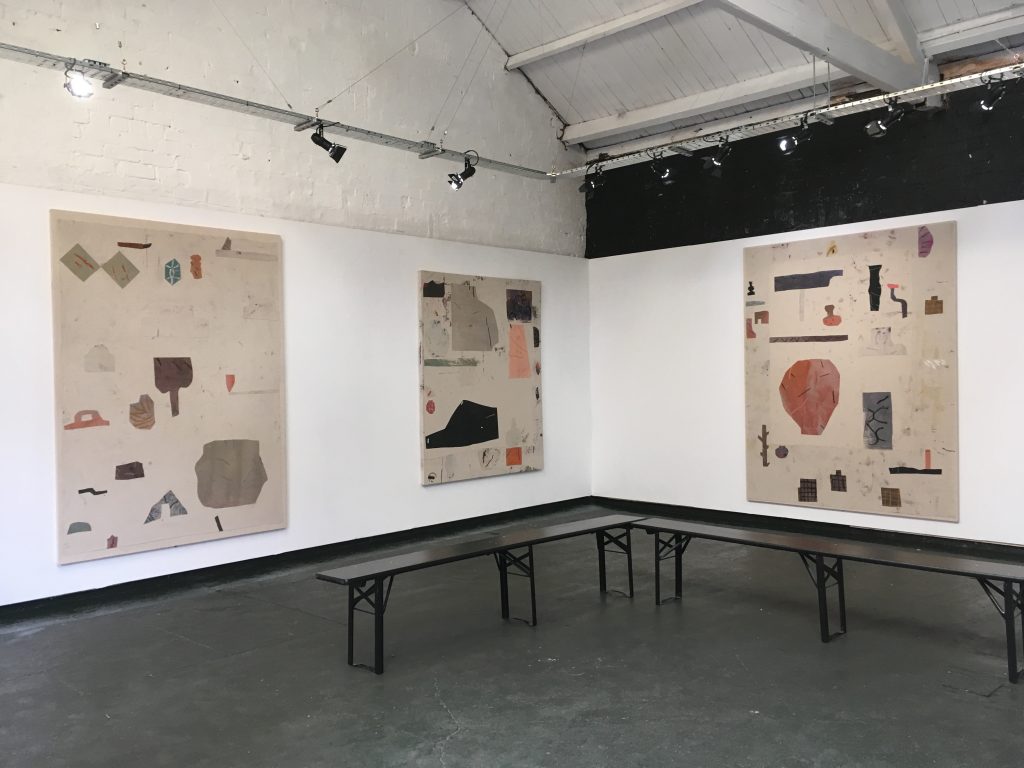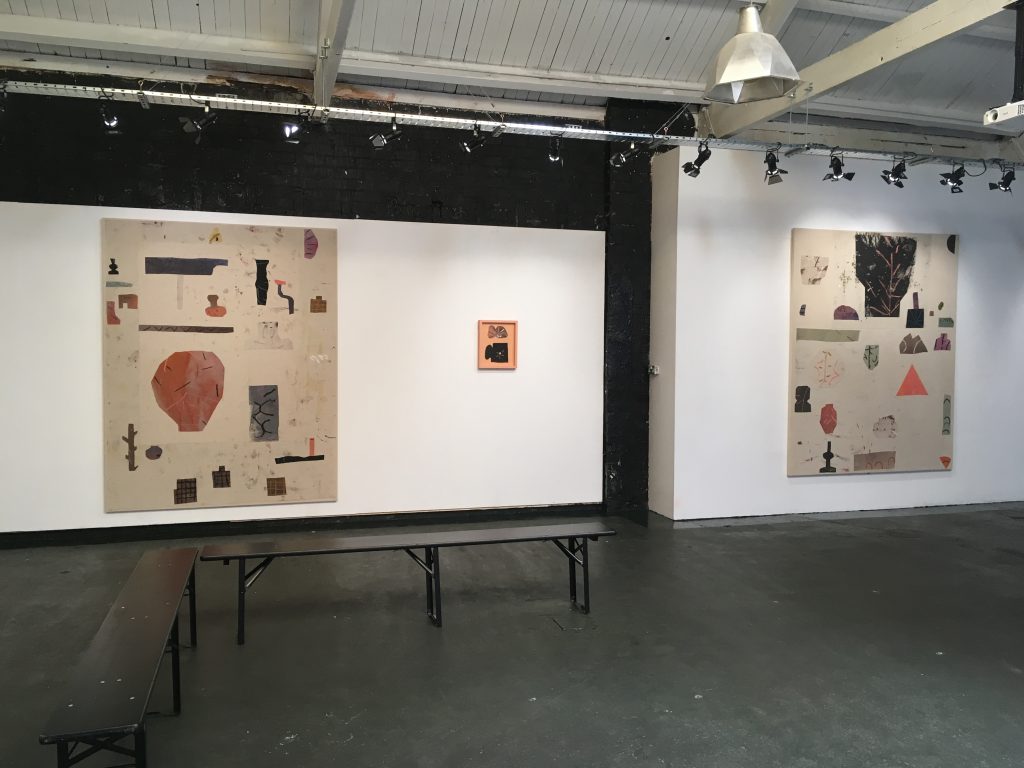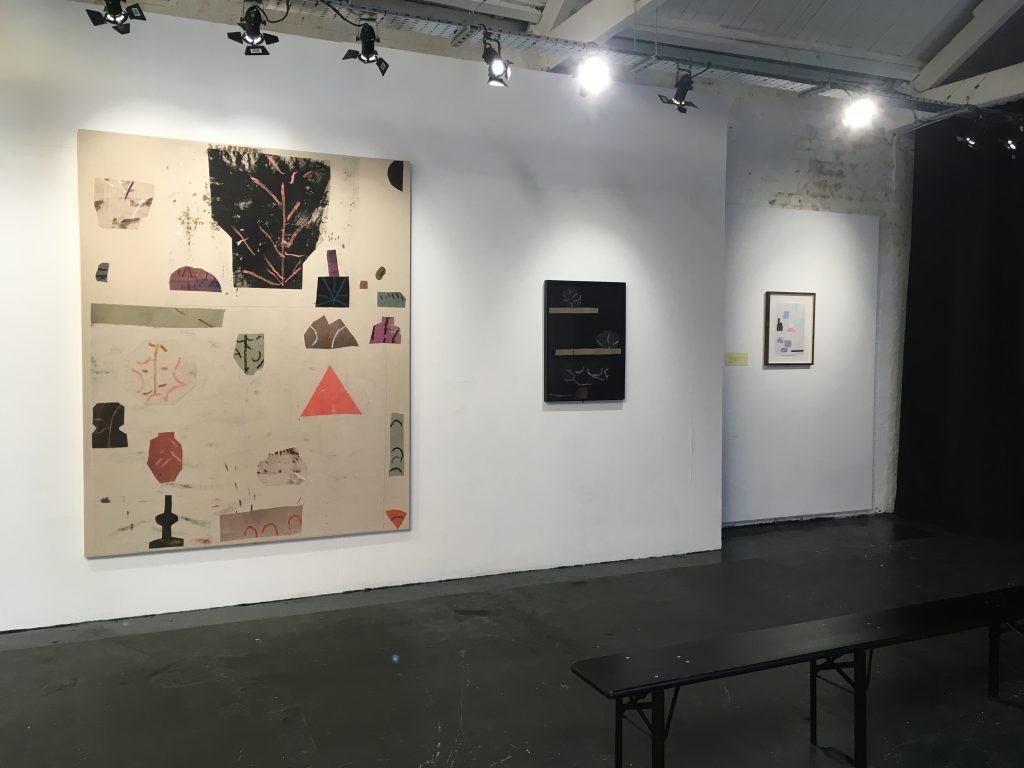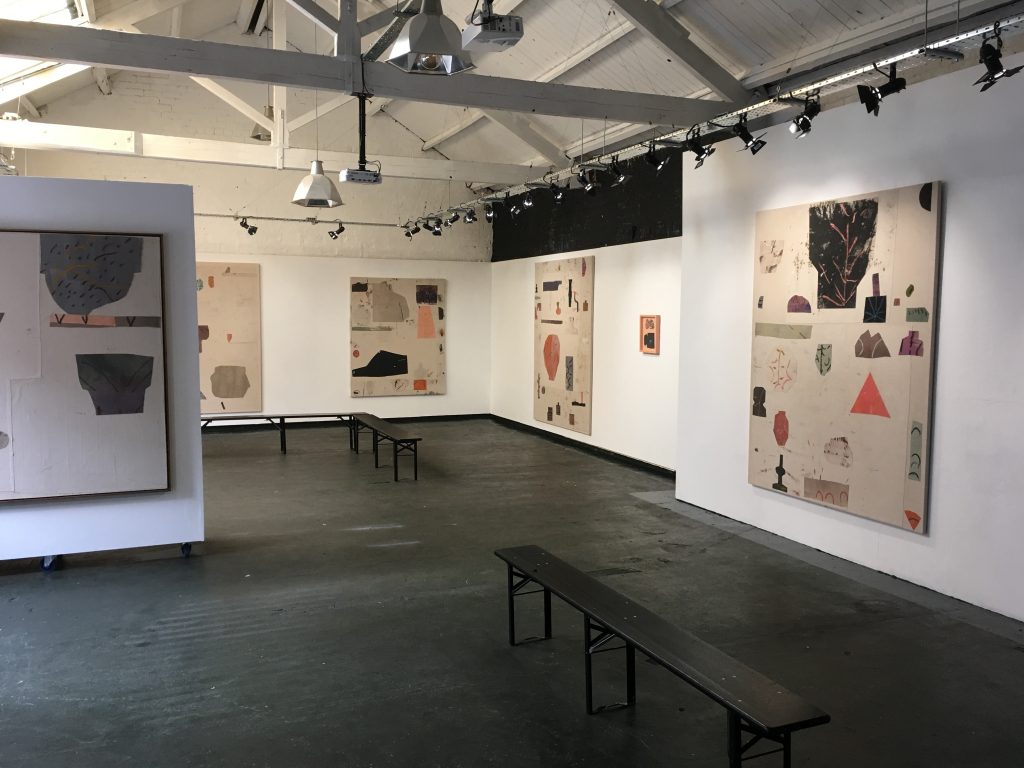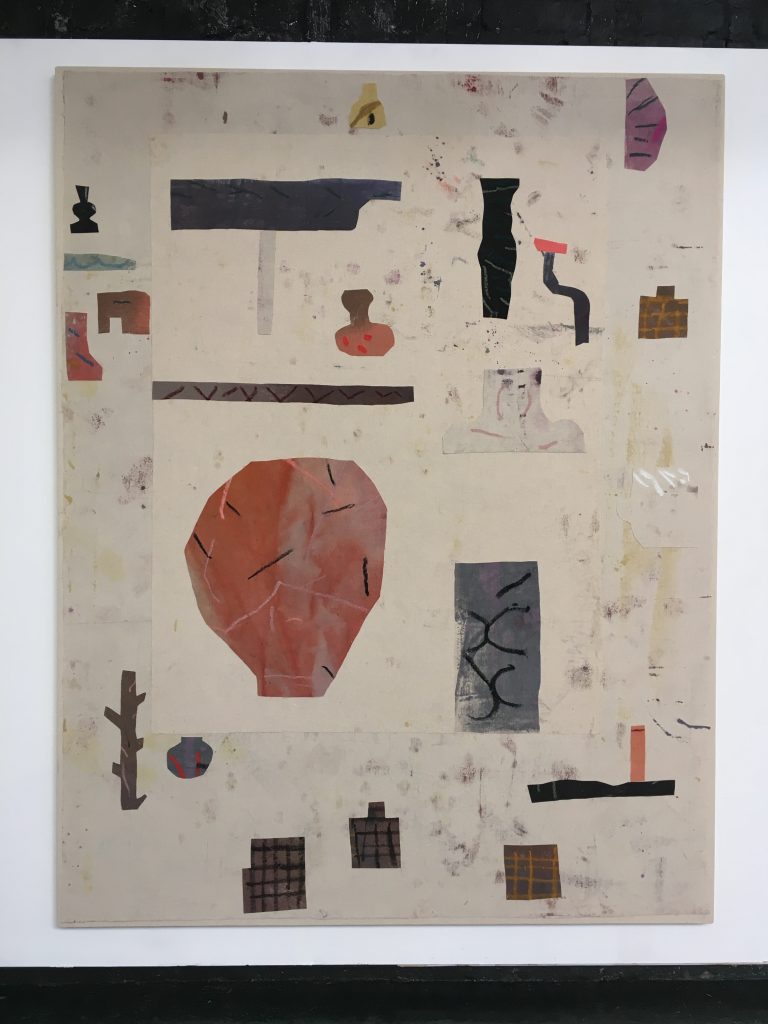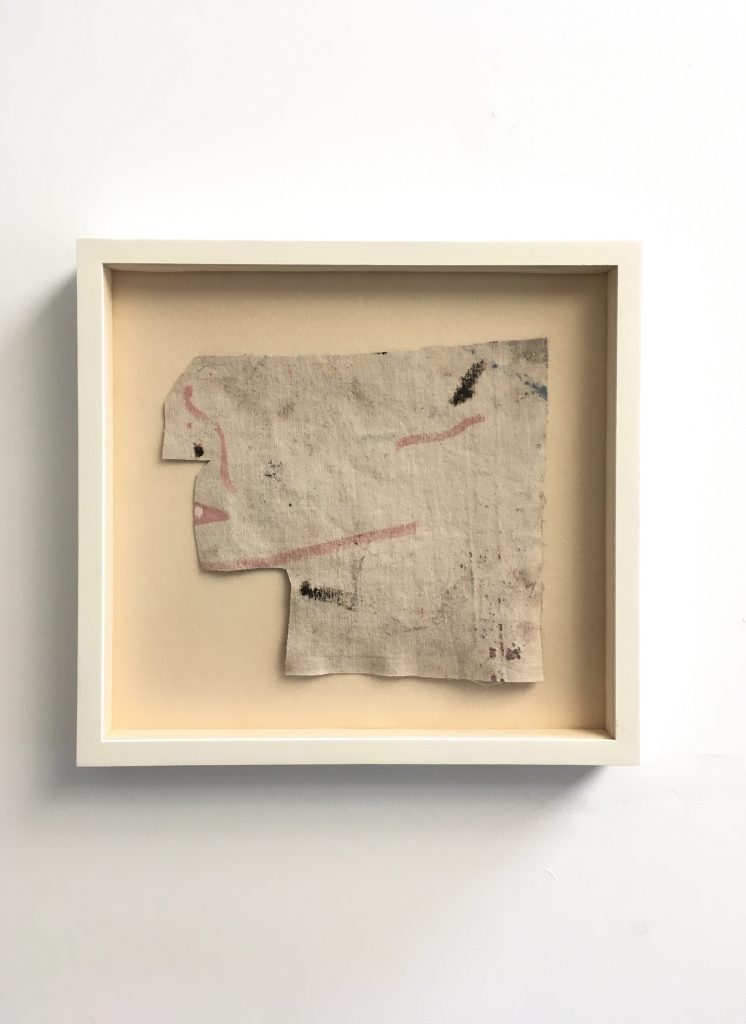On display in the archeological department at Museums Sheffield, Weston Park there is a small spherical object, about 40mm wide, made from quartz, supported by a vertical armature. It was found in a burial plot beside the skeletal remains of a woman and child and research has determined this orb was once treasured for its apotropaic properties.
The rock crystal amulet was found at Wigber Low. Other examples are usually suspended, using a silver chain. This example has no sign of any suspension. However, there is a V-shaped hole in one surface with traces of chipping around its rim. This may be all that now remains of the suspension. Wigber Low was excavated between 1975-6 by John Collis from the University of Sheffield. These excavations were started after spearheads were found during a survey of the area. Further excavation at the site in 1987 uncovered a small cairn containing a child burial and an Anglo-Saxon burial of a young woman. Grave goods from this burial included the fittings from a wooden box, an iron knife, spear, and this rock crystal orb. (Museums Sheffield website)
An artist friend and I made a visit to Wigber Low and wandered over what we believed to be the area the rock crystal was discovered. We received helpful directions from a farmer living and working close to the ancient plot. We disturbed him while he and his family were making preparations for his daughter’s wedding, erecting a large marquee in a distant field. Despite this, he made time for us and showed us two framed maps hung on his farmhouse wall. (See images below.). He was able to direct us to the site and recalled the frenzy that surrounded the discovery of the uncovered hoard. He described country lanes gridlocked with amateur detectorists trying to find hidden treasures. They were made aware of the discoveries when local news broke the story. Police had to disperse those hunting for treasures since the plot was now a site of importance. The urgency to safeguard the many significant objects found on Wigber Low meant today there is very little remaining. Unlike Arbor Low, Wigber Low is an insignificant mound and I doubt people visit it.
The following information was found in Audrey L. Meaney’s book ‘Anglo-Saxon Amulets and Curing Stones‘
W. D. Hildburgh defined an amulet as: ‘… a material object through whose retention there is sought the averting of some result displeasing, or the obtaining of some outcome pleasing, to the possessor of that object, and in a way which seems to be beyond natural laws as proclaimed by persons best qualified to understand them. Primarily it is the retention* of the object, for the sake of its presumed apotropaic, which marks it as an amulet…’
Amulets are closely associated with curing stones. These belonged to cunning men or women and were used in curing rituals. Dipping the amulet into water before drinking was believed to revive patients. Though most of us today wouldn’t trust the amulet’s properties today it’s believed all levels of society would have used curing stones: Amulets are so common among people’s of all stages of savagery and civilisation – not excepting the most highly educated sections of modern society – that it would be surprising if the Anglo-Saxon did not also have them.
Use of crystal balls for ‘scrying’ appears to have gained currency only in the Renaissance, as far as Western Europe is concerned
The crystal orb might have had practical as well as supernatural properties, lighting sacrificial fires by focusing the sun’s rays through the lens of the orb would have been an extremely useful and portable tool.
‘… but the magic nature of rock-crystals is most highly concentrated in the balls. I suggest that we should see these as symbolic as well as amuletic: representing women as guardians of the hearth and of her family’s health, just as the spindle whorl and weaving batten represented her skill with cloth… most domestic healing was in the hands of women in Anglo-Saxon period, as it is today’
I’m interested in the varied practical and supernatural applications of the rock crystal. I’m also interested to know more about the people that possessed and used the orbs and I’ll read further about how their position in society changed through the ages. I wonder if at a later stage there’s a crossover with the persecution of people believed to be witches and wizards?
I will add more as the project develops…
* Retention of an object, albeit a limited gathering of things, suggests an early collection.
Other theories:
The true origin of the rock crystal is unknown however rock crystal found in other sites in the UK might have been Germanic / Hungary from the 1st century AD.
Romans were said to carry balls of crystal in order to cool their hands, perhaps because they believed that crystal was formed by the intense freezing of snow
In Sweden, Carinthia, Portugal and Switzerland crystal and quartz were also known as thunderstone which were thought to have fallen from the sky during a storm.
